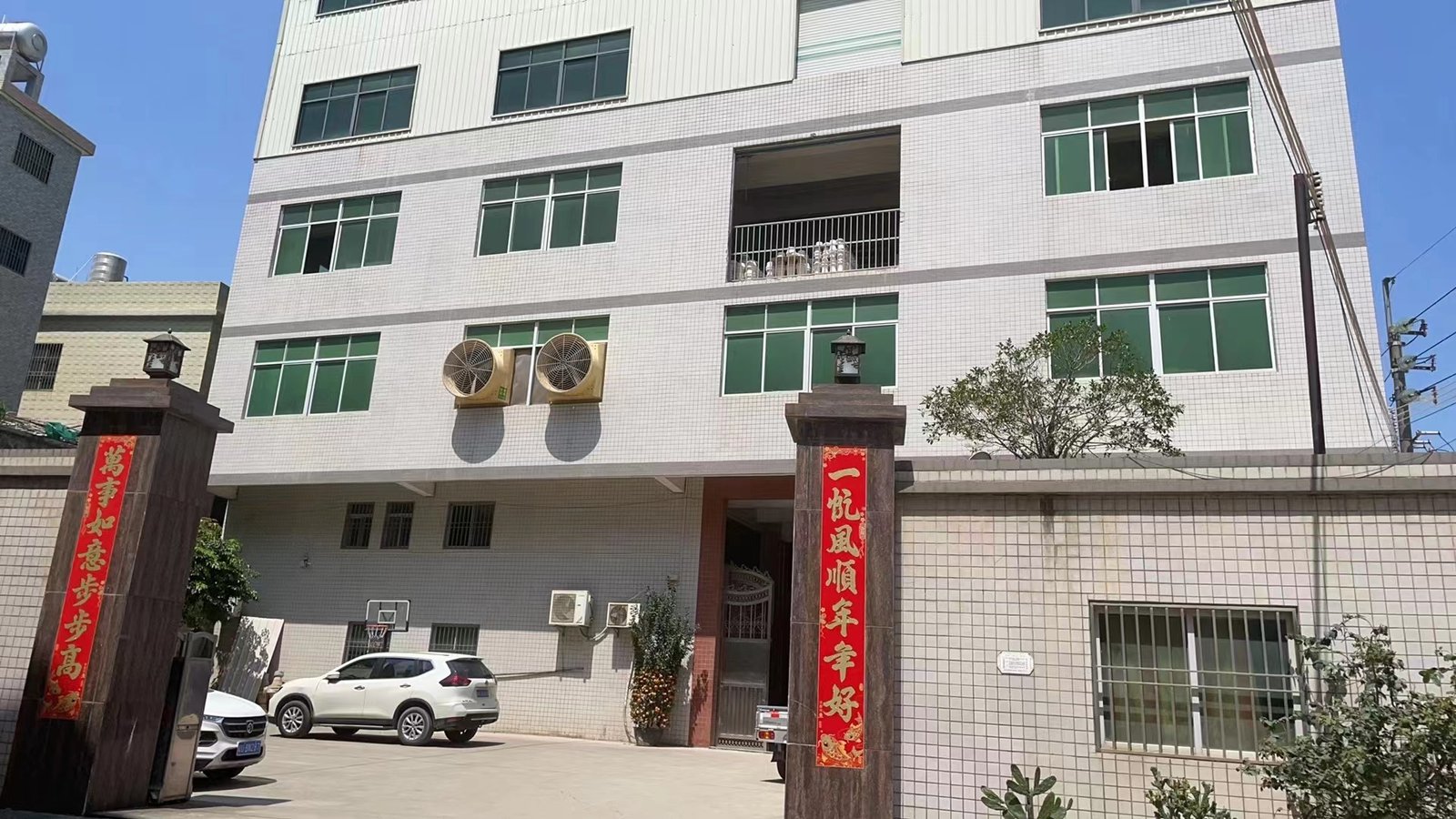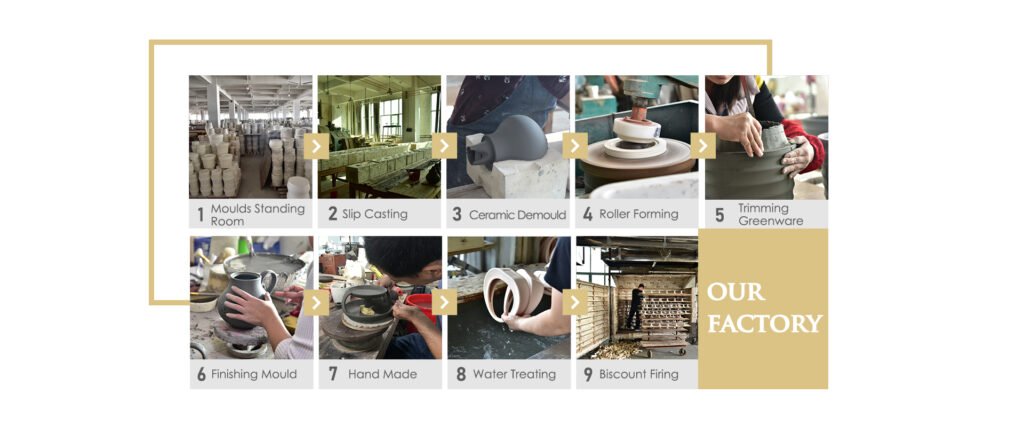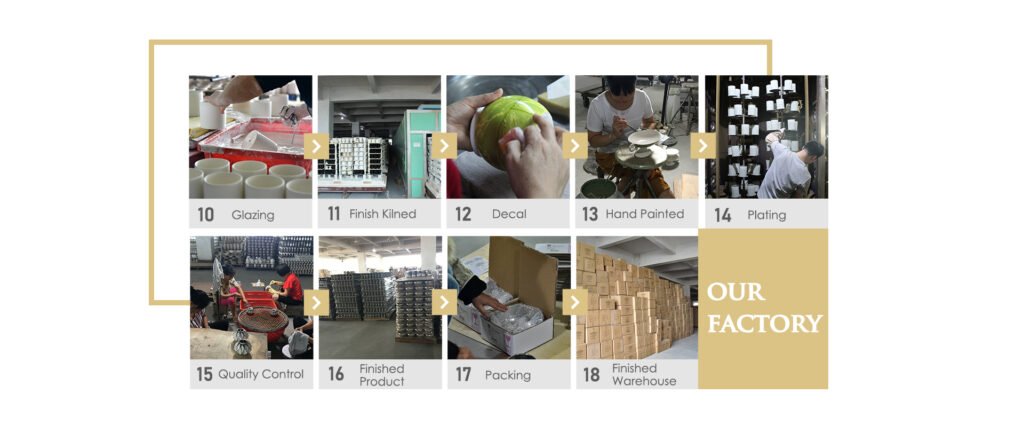HALE Company Profile
Chaozhou HALE Ceramics Co., Ltd is established in 2012, specialize in home and garden ceramics’ study and production.

By sending high quality and unique style products, HALE’s goods had a wide reputation and were acclaimed by customers. Our customers are from Denmark, Sweden, Germany, England, France, Italy, America, Canada, Turkey, Saudi Arabic, Egypt, Algeria, Russia, Japan etc.
HALE has set up many production lines and possessing strong R & D teams, to make sure order proceed in order and keep goods steadily. It covers a 5000 sqm production area, and has around 50 workers.
With people-oriented, it shapes sustainable competitiveness and has gathered the domestic excellent ceramic R & D. It takes independent innovation as the motive power of enterprise development so that it possesses high level products.
We firmly believe that business philosophy of honesty, quality, service and expansion. With stable quality, reasonable price and excellent service, we are creating a world of our own.
I. About Market
HALE offers OEM with customers from North Europe for years and has become a highly innovative ceramic production enterprise, the products are sold to the worldwide market well.
The goods have a simple and natural style, colors are from nature and join the nature well, and take the leading position in the market.
II. About products
Our main products are flower pots, home vases, candle jars, hanging pots, terra cotta pots, and home ornaments… and welcome to download the catalog or contact us
III. About ODM & OEM service
What exactly is Ceramics? Ceramics can be defined as a class of inorganic, nonmetallic solids that are subjected to high temperatures for manufacturing use. I spoke about the term “traditional ceramics” which will be the focus of this post, it refers to ceramic products that are produced from unrefined clay and combinations of refined clay and powdered or granulated non-plastic minerals – i.e. pottery/stoneware/chinaware/porcelain/etc. In order to create these end products, the ceramic matter needs to go through the traditional manufacturing process which goes as following:
Step #1: Milling & Raw Material Procurement – The raw materials used in the process are milled materials typically found in mining sites that have been reduced from a large size to smaller sizes or even in some cases, pulverized depending upon the end product. The idea is to liberate any impurities in the materials allowing for better mixing and forming which in essence produces a more reactive material when firing.
Step #2: Sizing – During this step in the processing sequence, the materials that have undergone the milling and procurement process must be sized to separate desirable material from non-usable.
Step #3: Batching – This part of the process can also be known as”blending” which calculates amounts, weighing and initial blended of the raw materials.
Step #4: Mixing – To obtain a more chemically and physically homogeneous material prior to forming, the constituents of the ceramic powder is combined using the method of mixing or blunging. Most often, pug mills are the preferred piece of machinery used in this step of the process when dealing with dry mixes. It is also important to add binders or plasticizers as well. For wet slurry mixtures, a filter press would remove the water from the slurry and yield the clay body from the mix. For these wet mixtures, deflocculants and antifoaming agents are added to improve the processing of the materials.
Step #5: Forming – For this step, the materials such as dry powders, pastes or slurries are consolidated and molded to produce a cohesive body of whatever end product is desired.
Step #6: Drying – The formed materials hold water and binder in its mix that can in turn cause shrinkage, warping or distortion of the product. Generally convection drying is the most commonly used method in which heated air is circulated around the ceramic piece that alleviates the risk of such imperfections in the final product.
Step #7: Glazing – Referring back to traditional ceramics, this step is added to the process prior to firing. Typically, the glaze consists of oxides that give the product the desired finish look. The raw materials are ground in a ball mill or attrition mill. The glaze can be applied using the spraying or dipping methods.
Step #8: Firing – Also known as sintering or densification, the ceramics pass through a controlled heat process where the oxides are consolidated into a dense, cohesive body made up of uniform grain. Some general points to remember about different types of firing end products:
1. Short Firing Time gives you a final product that is porous and low density.
2. Short – Intermediate Firing Time results in fine-grained, high-strength products.
3. Long Firing Time produces a coarse-grained product that is creep resistant which means the material will not distort when under a load for an extended period of time.


HALE is a leading ceramic manufacturer. We provide one-stop OEM / ODM water bottle manufacturing service from product design, tooling fabrication, mass production, reliability testing, quality control to global shipping. Send an email to unachan@haleplanter.com, you will get prompt reply within 24 hours.

